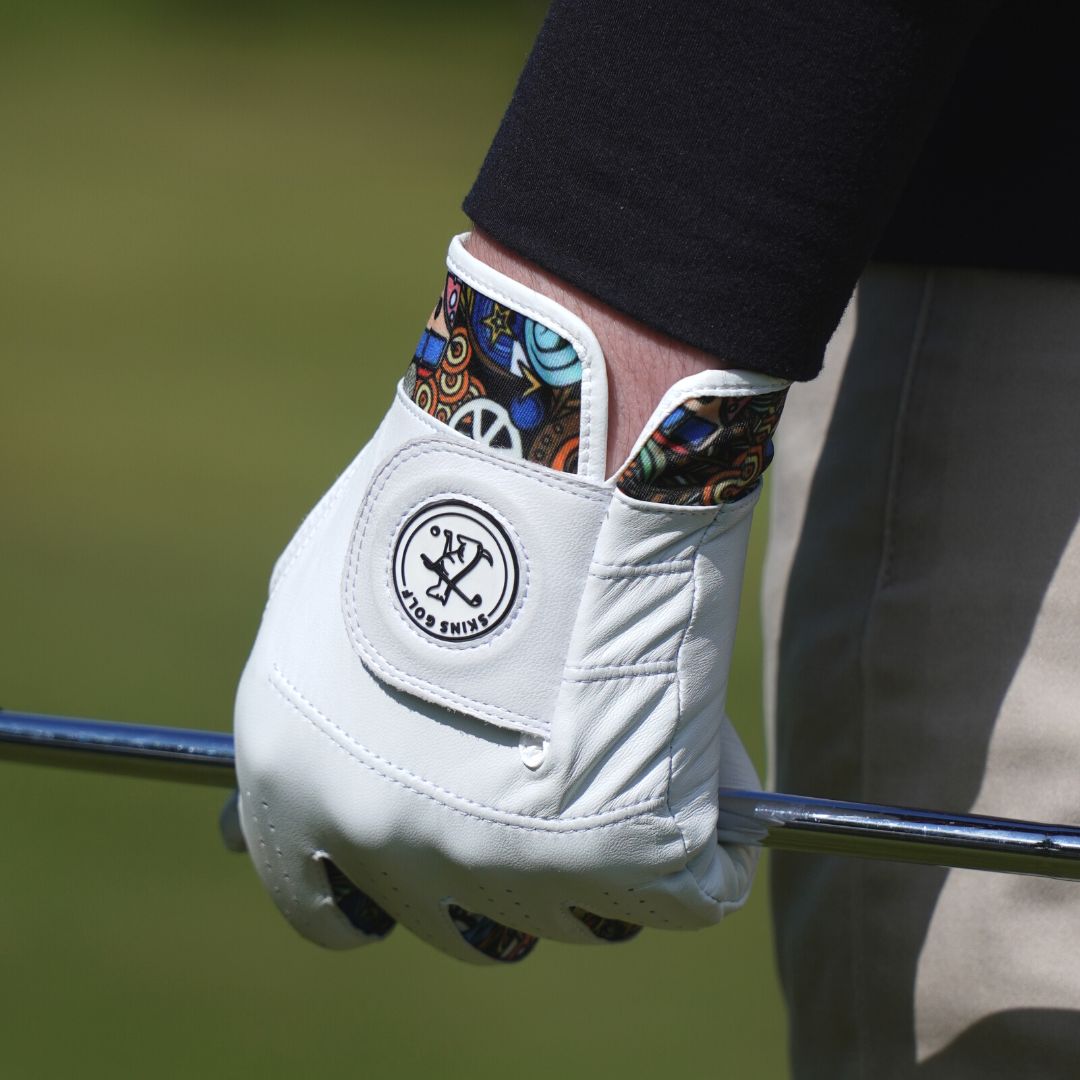How to Care for Your Golf Headcovers: Maintenance Tips for Longevity
Introduction: Why Proper Golf Headcover Care Matters
Golf headcovers are essential for protecting your clubs, but they also need care to stay in great condition. Whether you own leather, neoprene, or knit golf headcovers, regular maintenance ensures they remain functional, stylish, and long-lasting.
If not cared for properly, headcovers can become dirty, stretched out, or even mouldy over time. This guide will teach you how to clean, store, and maintain your golf club headcovers to maximize their lifespan and keep your bag looking sharp.
The Importance of Cleaning Your Golf Headcovers
Even though headcovers protect your clubs, they are exposed to dirt, sweat, moisture, and sun damage. If neglected, they can:
-
Develop odours from sweat and moisture.
-
Fade or peel due to prolonged exposure to sunlight.
-
Grow mould or mildew if left damp in a golf bag.
Regularly cleaning your golf headcovers prevents damage and deterioration, ensuring they protect your clubs effectively.
How to Clean Different Types of Golf Headcovers
- Leather Golf Headcovers (Most Durable & Stylish)
- Leather golf headcovers are a premium choice, but they require special care:
- Wipe them down with a damp microfiber cloth after every few rounds.
- Use a leather cleaner and conditioner once a month to prevent drying and cracking.
- Avoid submerging in water, as this can damage the material.
Neoprene & Synthetic Golf Headcovers (Easy to Maintain)
- Neoprene and synthetic headcovers are durable and flexible, making them easier to clean:
- Hand wash using mild soap and lukewarm water.
- Rinse thoroughly and air dry completely before using again.
- Avoid using harsh detergents, which can break down synthetic fibres.
Knit & Fabric Golf Headcovers (Classic Look, Needs Extra Care)
- Knit golf club headcovers add a vintage touch, but they require delicate handling:
- Machine wash on a gentle cycle using cold water.
- Use a mild detergent and place them in a garment bag to prevent stretching.
- Air dry flat to maintain their shape.
- Regular cleaning helps maintain their colours and fabric integrity, ensuring your golf headcovers look great for years.
- Proper Storage to Maintain Shape & Function
Where and how you store your golf headcovers can significantly affect their lifespan and effectiveness. Follow these best practices:
- Avoid storing in a Damp Golf Bag – Wet or sweaty headcovers can develop mould. Always air-dry them completely before storing them.
- Keep them in a Cool, Dry Place. High humidity and heat can cause materials to warp, shrink, or crack.
- Rotate Headcovers Periodically – Using different headcovers throughout the year prevents excessive wear on a single set.
Best Practices for Storing Specific Headcover Types
-
Leather headcovers → Store flat or upright to prevent creasing.
-
Neoprene & synthetic headcovers → Keep in a ventilated bag to avoid moisture buildup.
-
Knit headcovers → Store in a drawer or shelf to prevent stretching.
Proper storage ensures your golf headcovers last longer and continue to protect your clubs effectively.
Preventing Common Headcover Issues
Even with proper care, golf headcovers face common problems like stiffness, fading, and stretching. Here’s how to prevent them:
Preventing Stiffness & Cracking in Leather Headcovers
-
Apply a leather conditioner monthly to keep them soft and flexible.
-
Store them away from direct sunlight, as UV rays dry out leather.
Preventing Fading & Color Wear
-
Wash fabric headcovers using gentle detergents to maintain colours.
-
Avoid leaving headcovers in the sun for long periods.
Preventing Stretching & Loose Fit
-
Don’t force a headcover onto a club that’s too large.
-
Choose snug-fitting headcovers that don’t slip off too easily.
By addressing these issues early, you preserve the look and functionality of your golf club headcovers.
Learn More,
Best Cool Driver Headcovers - Stylish Golf Accessories
The Evolution of Golf Headcovers
Evolution of Attitudes Towards Unique Driver Headcovers
Why Golf Headcovers Matter: Protecting Your Clubs in Style
When to Replace Your Golf Headcovers
Even the best-maintained golf headcovers will eventually need replacing. Here are the signs that it’s time for a new set:
- Tears or Holes – A damaged golf headcover can no longer protect your clubs.
- Loose Fit – If a headcover keeps slipping off, it’s ineffective.
- Faded, Peeling, or Cracked Material – Sun exposure and wear can cause materials to deteriorate.
- Bad Odors That Won’t Wash Out – This shows mildew buildup.
If you notice these signs, it’s best to invest in new golf headcovers to continue properly protecting your clubs.
Final Thoughts: Keep Your Golf Headcovers Looking & Performing Like New
Taking care of your golf headcovers is as important as maintaining your clubs. Regular cleaning, proper storage, and addressing wear early will help keep your driver headcover, fairway wood covers, and putter covers in excellent shape.
At Skins Golf, we offer premium-quality golf club headcovers that combine style, durability, and function, so your clubs get the protection they deserve.
If your current golf headcovers are worn out, now is the perfect time to upgrade to a stylish, high-performance set. Browse our collection today!
FAQ: Caring for Your Golf Headcovers
How often should I clean my golf headcovers?
It depends on how often you play. If you golf frequently, clean your golf headcovers once a month. If you play occasionally, every 2-3 months should suffice.
Can I wash my driver's headcover in the washing machine?
If your driver headcover is made of fabric or knit material, you may be able to wash it in a gentle cycle with cold water, but do check the care label. However, leather and neoprene headcovers should only be hand-washed.
Where should I store my golf club headcovers when not in use?
Store your golf club headcovers in a cool, dry place, away from direct sunlight and moisture. If you have extra headcovers, keep them in a storage box or drawer to maintain their shape.
How do I keep my golf headcovers from fading?
To prevent fading:
-
Avoid prolonged exposure to direct sunlight.
-
Use mild detergents when cleaning.
-
Condition leather headcovers regularly to maintain colour vibrancy.
When should I replace my golf headcovers?
Replace your golf headcovers when they:
-
Have holes, tears, or stretched fabric.
-
It becomes too loose and no longer fits properly.
-
Develop a bad odour or mildew buildup that doesn’t wash out.
Upgrade Your Golf Headcovers Today!
Now that you know how to clean, store, and maintain your golf headcovers, it’s time to invest in a high-quality set that will last. Check out Skins Golf’s premium headcovers to protect your clubs in style and durability.
Your clubs deserve the best—shop now and upgrade your golf headcovers today!


